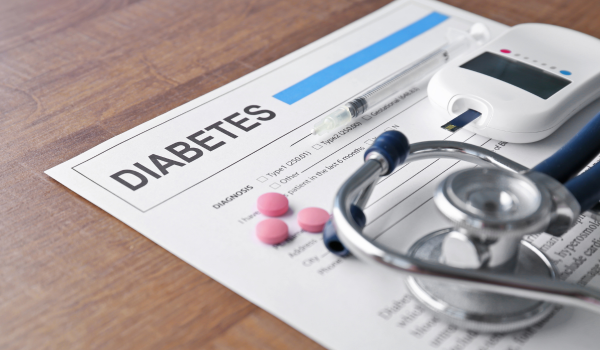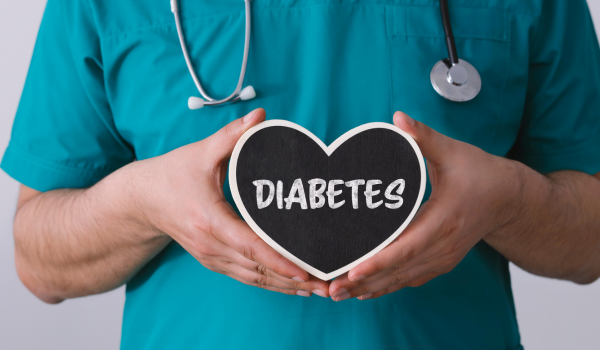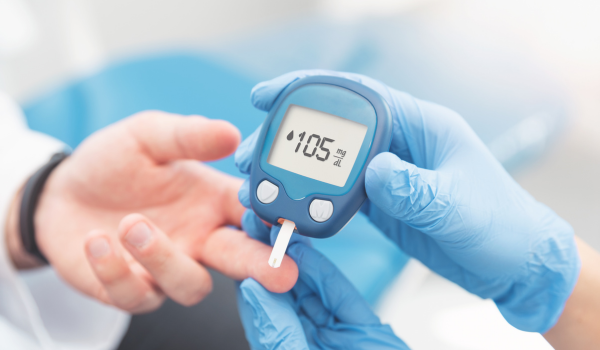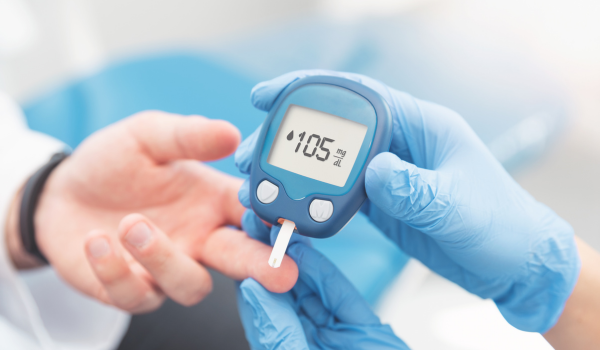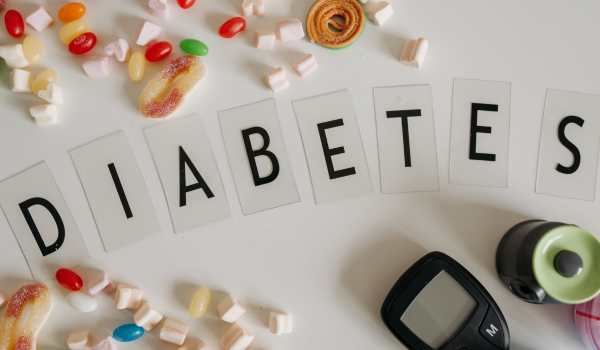
Why Symptoms Matter
Diabetes mellitus is a chronic metabolic condition that affects how the body regulates blood sugar (glucose). Left untreated, it can lead to severe complications such as kidney failure, nerve damage, blindness, heart disease, and stroke. The challenge is that diabetes often develops gradually, and many people live with it for years without realizing it.
Recognizing the common symptoms early is crucial. By identifying warning signs, individuals can seek timely medical care, make lifestyle adjustments, and prevent long-term health damage.
Frequent Urination
One of the earliest and most noticeable symptoms is polyuria, or excessive urination. High blood sugar forces the kidneys to work harder to filter and absorb glucose. When they can’t keep up, the excess glucose is flushed out in urine, pulling water with it.
This leads to:
-
Needing to urinate more often, especially at night (nocturia).
-
Producing larger amounts of urine each time.
-
Disruption of daily routines and sleep quality.
Persistent frequent urination is a clear red flag that should never be ignored.
Excessive Thirst
Hand in hand with frequent urination is polydipsia, or excessive thirst. As the body loses more water through urine, dehydration sets in, prompting a constant urge to drink.
People with diabetes often report:
-
Dry mouth that doesn’t improve with fluids.
-
Craving cold drinks, especially water.
-
A cycle of drinking and urinating that repeats throughout the day and night.
This unquenchable thirst is one of the hallmark symptoms of diabetes mellitus.
Extreme Hunger
Known as polyphagia, excessive hunger occurs when the body cannot properly use glucose for energy. Despite eating regularly—or even excessively—cells remain “starved” because insulin is either lacking (type 1 diabetes) or not working effectively (type 2 diabetes).
This can cause:
-
Constant cravings, especially for carbohydrates or sweets.
-
Eating larger portions without feeling satisfied.
-
Weight gain or, paradoxically, weight loss despite overeating.
Hunger that feels out of control should raise suspicion of underlying diabetes.
Unexplained Weight Changes
Unusual weight changes often signal diabetes. The type of change depends on the form of the disease:
-
Weight loss in type 1 diabetes: The body burns fat and muscle for energy since glucose cannot enter cells.
-
Weight gain in type 2 diabetes: Insulin resistance and overeating contribute to gradual weight increase.
Any sudden or unexplained change in weight—up or down—should be evaluated as a potential sign of diabetes.
Fatigue and Weakness
Constant tiredness is another common symptom. When glucose cannot be used efficiently, the body lacks the energy it needs. Contributing factors include:
-
Sleep disruption from frequent urination.
-
Dehydration due to fluid loss.
-
Muscle weakness from poor glucose utilization.
Fatigue in diabetes often feels different from ordinary tiredness—it is more persistent and does not improve with rest.
Blurred Vision
High blood sugar causes the lens of the eye to swell, leading to blurred or fluctuating vision. Some people may also experience double vision or difficulty focusing.
If left untreated, long-term damage to the retina (diabetic retinopathy) can develop, potentially leading to blindness. Early blurred vision, however, is often reversible with proper blood sugar control.
Slow Healing Wounds
Another classic symptom is delayed wound healing. High glucose impairs circulation, reduces white blood cell function, and weakens the immune response.
This leads to:
-
Cuts, scrapes, and bruises that take much longer to heal.
-
Higher risk of infections at wound sites.
-
Foot ulcers that can become chronic in people with uncontrolled diabetes.
Slow healing should be taken seriously, as it signals both existing diabetes and potential complications.
Frequent Infections
People with diabetes are more prone to infections because high blood sugar weakens the immune system. Common infections include:
-
Urinary tract infections (UTIs).
-
Skin infections, including fungal and bacterial types.
-
Gum and dental infections.
-
Vaginal yeast infections in women.
Recurring infections without obvious cause should prompt a diabetes screening.
Numbness or Tingling
Diabetes can damage nerves, leading to diabetic neuropathy. Early signs include:
-
Numbness in the hands, feet, or legs.
-
Tingling or “pins and needles” sensations.
-
Burning or sharp pain in affected areas.
Nerve problems may develop silently for years before being noticed, making early recognition essential.
Skin Changes
Certain skin problems are linked to diabetes and may serve as warning signs:
-
Darkened patches (acanthosis nigricans): Often appear on the neck, armpits, or groin, indicating insulin resistance.
-
Itchy or dry skin: Caused by poor circulation and dehydration.
-
Recurring boils or fungal infections: Linked to high sugar levels feeding bacterial and fungal growth.
These skin changes are often visible before other complications appear.
Irritability and Mood Changes
Fluctuating blood sugar levels affect mood and mental health. Common experiences include:
-
Increased irritability or agitation.
-
Difficulty concentrating.
-
Episodes of anxiety or depression.
These symptoms can be mistaken for emotional stress, but when combined with physical signs, they often point to diabetes.
Headaches and Dizziness
Frequent headaches and dizziness may also indicate unstable blood sugar. When glucose spikes or crashes, the brain struggles to function efficiently, leading to:
-
Lightheadedness.
-
Trouble focusing.
-
Headaches that appear after meals or periods of fasting.
Persistent patterns of these symptoms are worth investigating.
Gum and Dental Issues
High blood sugar creates an ideal environment for bacteria in the mouth, resulting in:
-
Swollen or bleeding gums.
-
Loose teeth.
-
Persistent bad breath.
Dentists are often among the first to spot diabetes symptoms during routine checkups.
Children and Adolescents
In children, diabetes may present differently. Warning signs include:
-
Sudden bedwetting in a child who previously stayed dry at night.
-
Extreme thirst and frequent urination.
-
Unexplained weight loss despite normal or increased appetite.
-
Irritability and fatigue.
Parents should watch for these changes, as early intervention is critical in childhood diabetes.
When Symptoms Are Silent
One of the challenges of diabetes mellitus, especially type 2, is that symptoms may be subtle or absent for years. Many people only discover they have diabetes after complications arise, such as vision problems or cardiovascular issues.
This is why routine screening—especially for people with risk factors like obesity, family history, or high blood pressure—is essential.
Why Recognition Saves Lives
Recognizing the symptoms of diabetes is not just about avoiding discomfort; it is about saving lives. Timely diagnosis and treatment can:
-
Prevent blindness, kidney failure, and amputations.
-
Reduce the risk of heart attacks and strokes.
-
Improve quality of life by restoring energy and focus.
Awareness is the first step in protecting long-term health.



